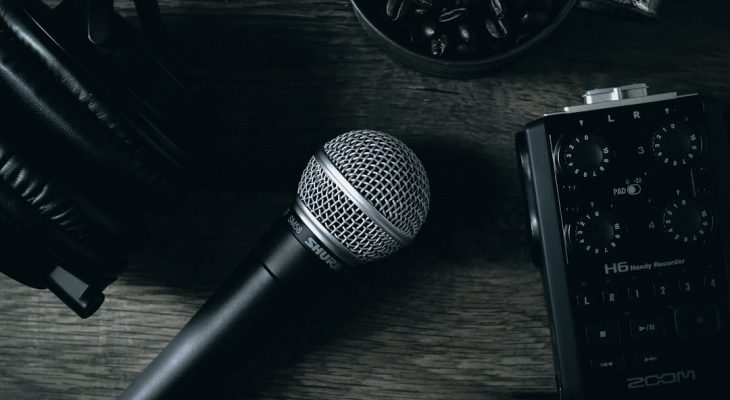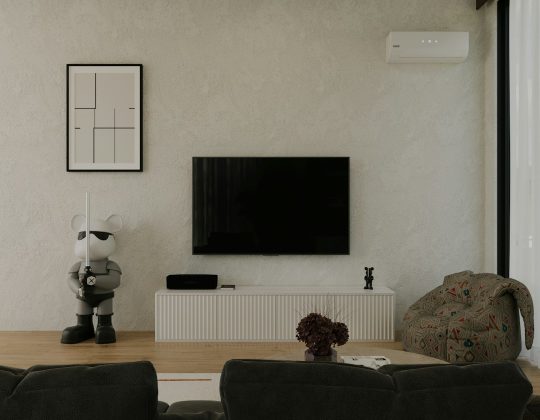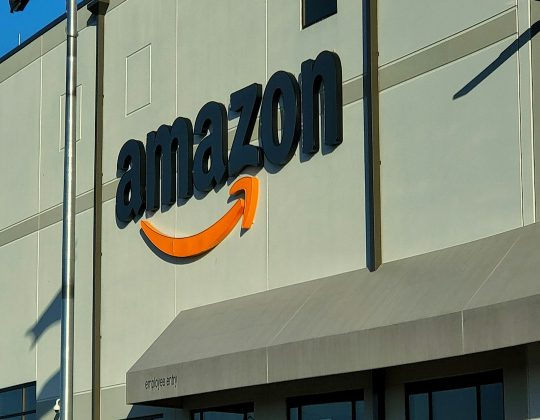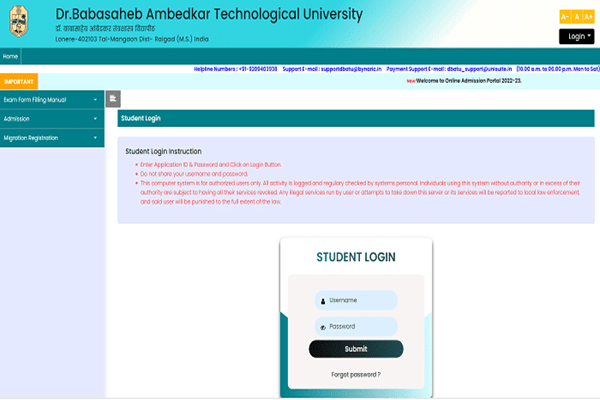In recent years, advancements in both audio hardware and network technology have shifted the way users interact with sound systems. Cloud-connected audio systems are emerging as the next frontier in audio experiences, providing seamless integration with streaming services, dynamic updates, smart home connectivity, and personalized sound configurations. But how do these cloud solutions compare to tried-and-true traditional audio systems? Understanding the differences between cloud-connected audio and traditional audio systems is crucial for consumers deciding between legacy setups and modern smart audio platforms.
Understanding Traditional Audio Systems
Traditional audio systems refer to analog or analog-digital hybrid systems that are largely offline and operate independently of internet connectivity. These systems often feature:
- Physical media support (CDs, records, tapes)
- Wired connections (RCA, 3.5mm, XLR, speaker wire)
- Dedicated amplifiers and receivers to control audio output
- Manual controls for equalization and volume
Such setups prioritize high-fidelity sound and durability. Audiophiles often prefer traditional systems for their lower latency, non-compressed audio formats, and the tactile nature of analog controls.
The Rise of Cloud-Connected Audio Systems
Cloud-connected audio, also known as smart audio or networked audio, utilizes internet connectivity to deliver and enhance sound experiences. These systems often include components like:
- Wireless speakers and soundbars
- Integration with smart assistants (Google Assistant, Alexa, Siri)
- Streaming capabilities (Spotify, Apple Music, Tidal)
- Over-the-air software updates
Cloud audio systems can access vast libraries of music and spoken content instantly and can interact with other smart home devices. These solutions usually rely on apps for control and configurations, offering cloud-based storage for preferences and history.
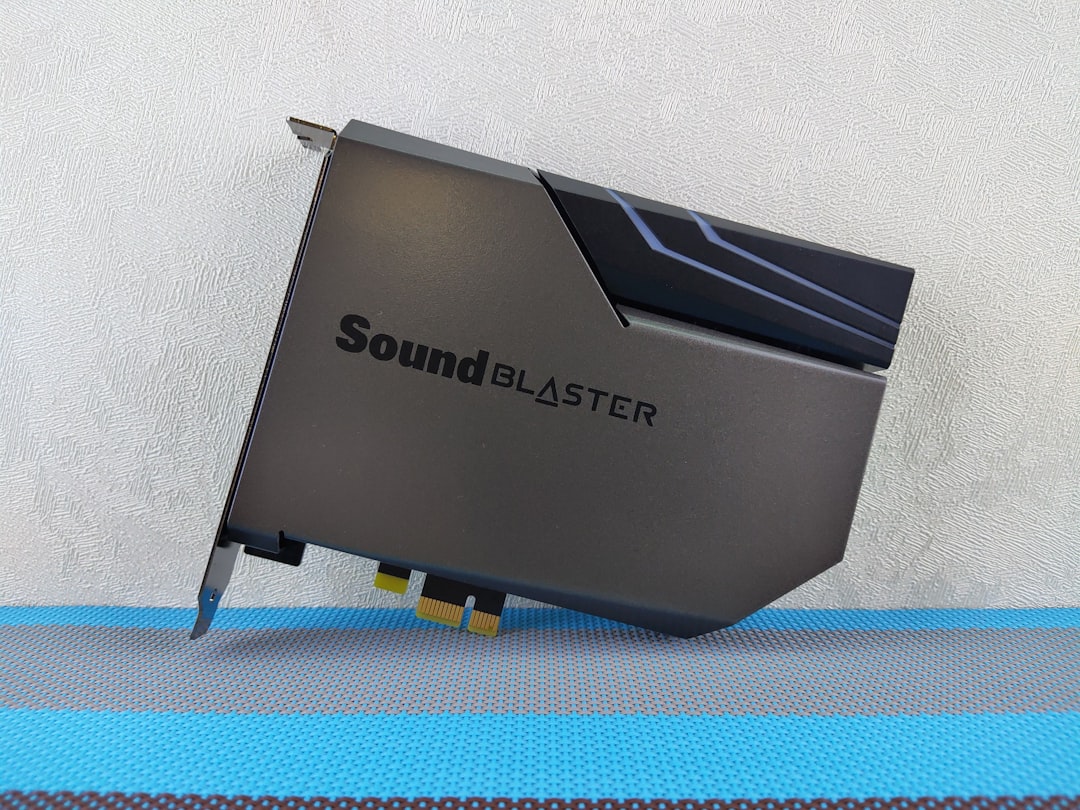
Key Differences Between the Two Systems
Both systems have their merits, and the choice largely depends on the use case. Here’s a breakdown of differences across key areas:
1. Connectivity
Traditional Systems: Function without internet and rely on physical connections. Ideal for areas with poor internet or for users who prefer physical media.
Cloud-Connected Systems: Depend on Wi-Fi or Bluetooth, allowing remote control, streaming, and real-time updates. A drop in internet connection can impact system performance.
2. Audio Quality
Traditional Systems: Often deliver pristine sound using lossless audio formats. Users can customize acoustics by selecting bespoke components.
Cloud-Connected Systems: Typically compress audio for streaming, although some platforms offer lossless or high-resolution audio. Performance depends heavily on internet bandwidth and speaker hardware.
3. Convenience
Traditional Systems: Require more manual setup and interaction. Switching content sources or modifying settings can be time-consuming.
Cloud-Connected Systems: Offer voice control, automatic playlists, and personalized stations. Setup takes place via mobile apps, offering a friendly and intuitive user experience.
4. Customizability and Upgradability
Traditional Systems: Highly modular. Users can upgrade each component (amplifiers, receivers, speakers) independently.
Cloud-Connected Systems: Often sold as fixed ecosystems. Beyond software updates, hardware upgrades might require buying into newer models or replacing the full system.
5. Ecosystem and Compatibility
Traditional Systems: Compatible with a wide range of third-party products through standard connections.
Cloud-Connected Systems: Often proprietary. For instance, a Sonos speaker might not sync well with other brands unless unified under one platform.
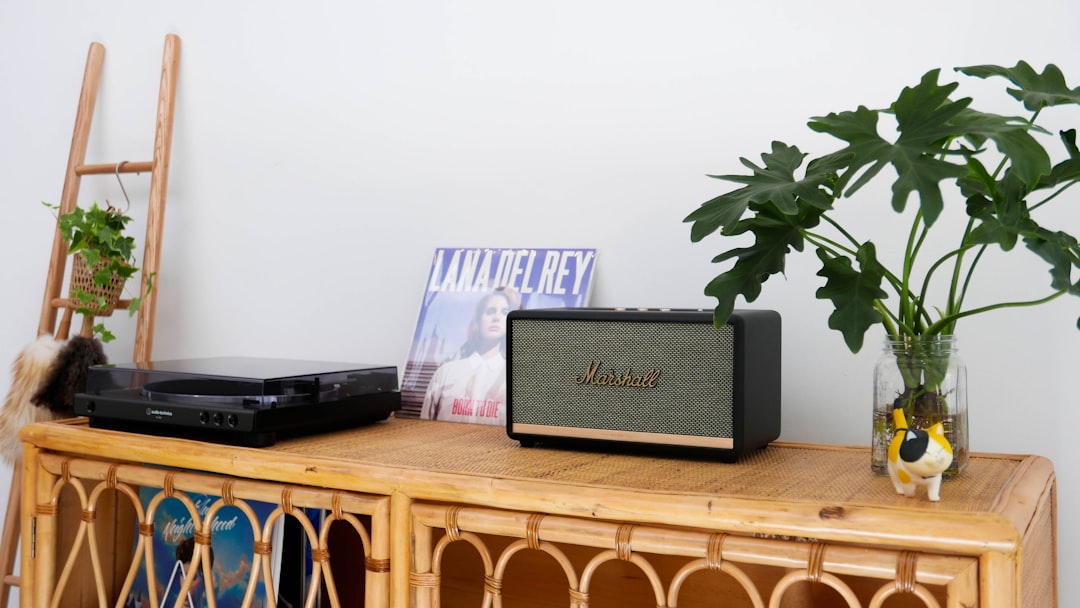
Security and Privacy Implications
One important dimension of cloud-connected audio systems is data privacy. Smart speakers are always listening for activation phrases and can potentially collect data about user behavior, preferences, and conversations.
Traditional audio systems, being offline, pose no such risks. They do not transmit data or require user authentication, making them inherently more secure from cyberthreats or data leaks.
Cloud audio companies are increasingly addressing privacy by including physical microphone-off switches, data encryption, and user-control dashboards. However, concerns persist among privacy-focused consumers.
Use Cases and Target Audiences
Certain use cases naturally lean toward one system over the other:
- Music Enthusiasts & Audiophiles: Prefer traditional audio for uncompressed sound and physical media.
- Casual Listeners & Modern Homes: Favor the convenience and integration of cloud audio with platforms like Spotify or voice assistants.
- Small Spaces: Benefit from compact, wireless cloud systems that don’t require dedicated shelves or wiring.
- Events & DJ Setups: Rely on traditional systems with mixing capabilities, higher output, and analog control.
The Future of Hybrid Audio Systems
Hybrid systems are beginning to bridge the gap between traditional fidelity and modern connectivity. High-end manufacturers are releasing products that maintain physical connection options while also offering cloud capabilities. Examples include streaming-capable tube amplifiers and networked turntables.
This convergence provides the best of both worlds: audiophile-grade sound with cloud integration for convenience and software updates. Though such systems carry premium price tags, they indicate where the industry may be heading.
Conclusion
The debate between cloud-connected audio and traditional audio ultimately comes down to user preference, needs, and priorities. Traditional systems offer unmatched sound customization and reliability, making them perfect for those who prize acoustic excellence and autonomy. In contrast, cloud-connected systems deliver convenience, omnipresent access to music, and integration with smart environments—features that are hard to ignore in a busy, connected world.
As technology continues to evolve, the line between the two may continue to blur. Informed consumers will be able to make choices that reflect both their listening habits and long-term needs.
Frequently Asked Questions (FAQ)
- Q: Can I use cloud audio systems without an internet connection?
A: Most cloud systems require internet for full functionality. However, some allow Bluetooth or local network use in offline modes with limited features. - Q: Is the audio quality better on traditional systems?
A: Generally yes, due to reduced compression and better analog components. However, high-end cloud systems can also deliver excellent sound when connected to lossless streaming services. - Q: Are traditional systems obsolete?
A: No. Many users still prefer traditional systems for their durability and performance. They are particularly popular in dedicated audio rooms and for enthusiasts. - Q: What are some examples of cloud-connected audio devices?
A: Devices like the Amazon Echo, Sonos speakers, Apple HomePod, and Google Nest Audio are popular examples of cloud-connected audio systems. - Q: Can I integrate traditional audio with smart home systems?
A: Yes. With the help of bridging devices like smart receivers or even Raspberry Pi setups, traditional systems can be incorporated into modern ecosystems.




